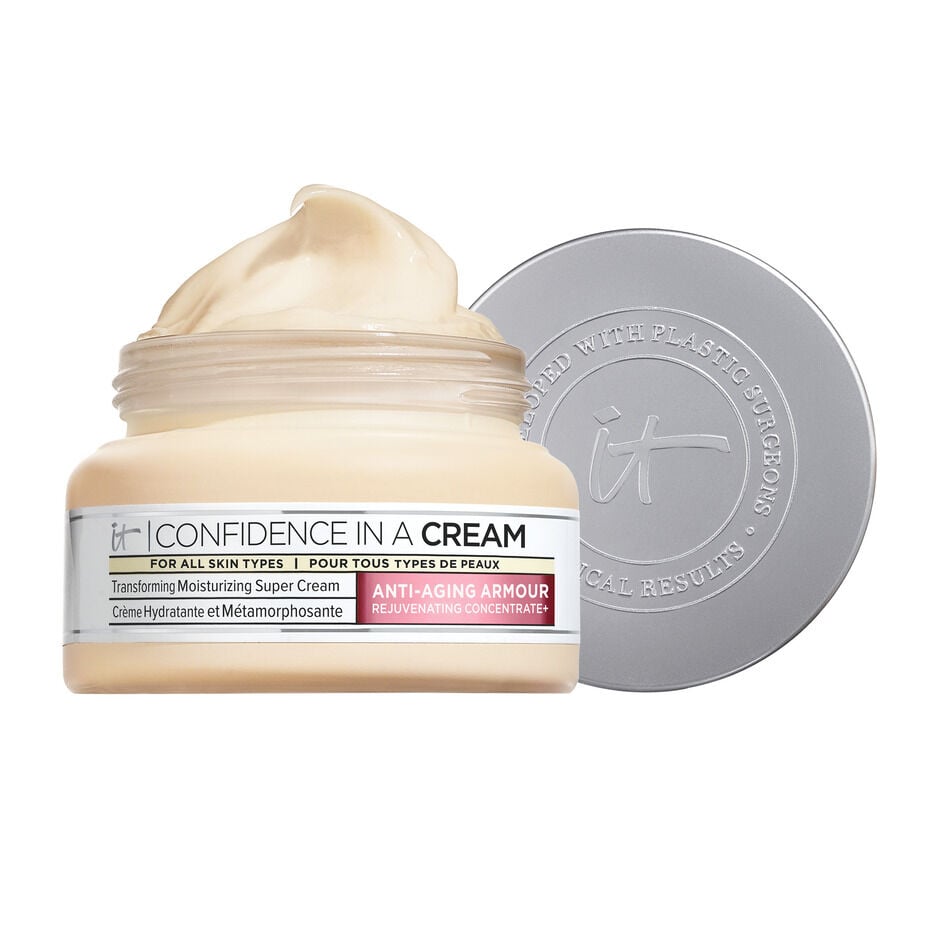Blitz News Digest
Stay updated with the latest trends and insights.
Moisturizer Mysteries: What Your Skin is Really Thirsty For
Uncover the secrets to hydrated skin! Discover what your moisturizer is really missing for a flawless, radiant glow.
Unveiling Hydration: The Science Behind Moisturizers
Understanding the science behind moisturizers is essential for anyone seeking to achieve healthy, hydrated skin. At its core, a moisturizer is designed to prevent the loss of water from the skin, ensuring that it remains supple and radiant. Two main types of moisturizers exist: occlusive agents, which create a barrier to trap moisture, and humectants, which draw water into the skin. Common ingredients found in these formulations include glycerin, hyaluronic acid, and petrolatum, each contributing uniquely to the hydration process. By knowing how these components work, individuals can select products that best suit their skin type and concerns.
Furthermore, understanding how the skin's barrier function operates is crucial when evaluating the effectiveness of moisturizers. The stratum corneum, the outermost layer of skin, plays a vital role in maintaining moisture. When this barrier is compromised, it can lead to dryness, irritation, and other skin issues. Applying moisturizers not only helps restore hydration but also supports the skin's natural repair processes. For optimal results, it is advisable to apply these products immediately after bathing or cleansing, as this enhances moisture retention and allows for better penetration of the active ingredients.

5 Common Myths About Moisturizers Debunked
When it comes to skincare, moisturizers often fall prey to numerous myths that can mislead people into neglecting their skin health. One common myth is that moisturizers are only necessary for dry skin types. In reality, every skin type, including oily and combination, benefits from proper hydration. Moisturizers help maintain the skin's barrier function and can even help regulate oil production, proving that hydration is crucial for all skin types.
Another prevalent myth is that using a moisturizer leads to clogged pores and breakouts. This misconception stems from the fear of heavy creams, but not all moisturizers are created equal. Many formulations are non-comedogenic, meaning they won’t clog pores. Additionally, moisturizers containing ingredients like hyaluronic acid or glycerin can actually help to hydrate and soothe the skin, minimizing the likelihood of breakouts.
Is Your Skin Really Thirsty? Signs You Need to Change Your Moisturizer
Understanding whether your skin is truly thirsty involves recognizing key signs that indicate it might be time to change your moisturizer. One of the most common indicators is persistent dryness or flakiness, which could suggest that your current product isn't providing adequate hydration. Additionally, if your skin feels tight or looks dull, these signs may be your body's way of telling you that it needs a more nourishing formula. Pay attention to how your skin reacts after applying moisturizer; if you find yourself reapplying throughout the day, it’s a significant clue that your moisturizer isn’t doing its job.
Other signs that your moisturizer may not be effective include increased sensitivity or the appearance of redness and irritation. Skin that feels itchy could indicate that your current product lacks essential ingredients needed for soothing hydration. If you notice a decrease in your skin’s elasticity or an increase in fine lines, it might be time for a switch. Consider opting for moisturizers with ingredients like hyaluronic acid or ceramides, which provide long-lasting hydration for thirsty skin. By understanding these signs, you can ensure your skin stays healthy and hydrated, avoiding the pitfalls of ineffective skincare.